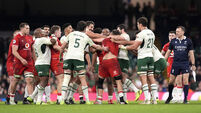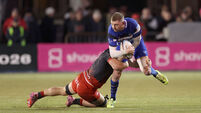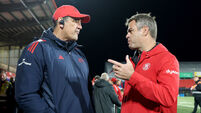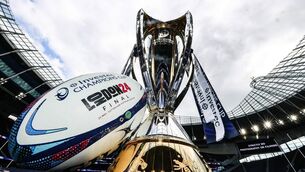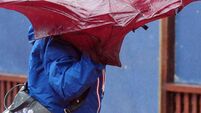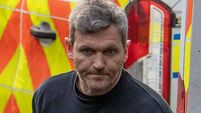Letter from Rotorua: No escaping the past in Christchurch

For the Lions, it has been more of the same: eat, train, play repeat from Christchurch to Dunedin and on to Rotorua, where, this morning, they were facing the Maori All Blacks, this tour’s unofficial fourth Test.
Each of these cities has offered something very different.







